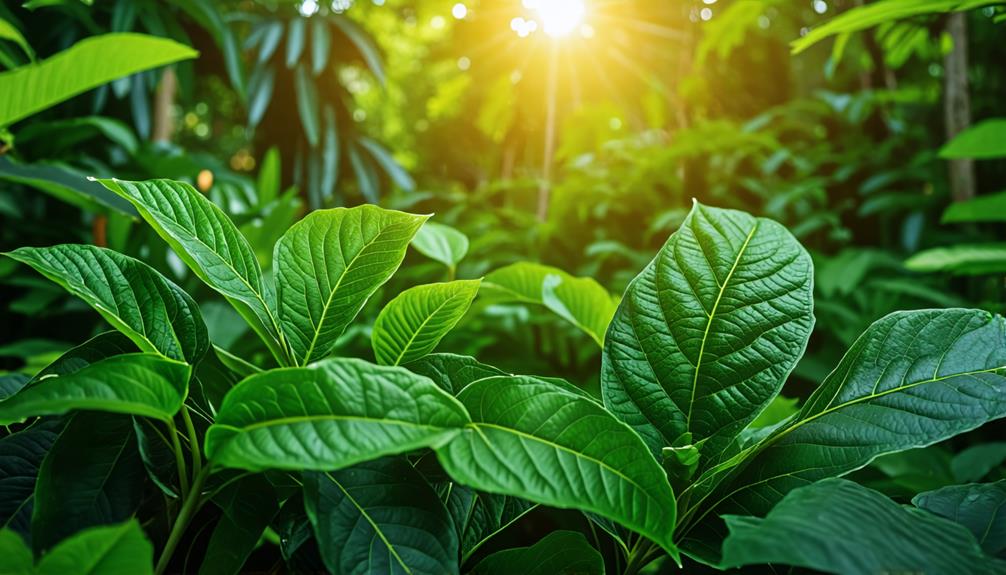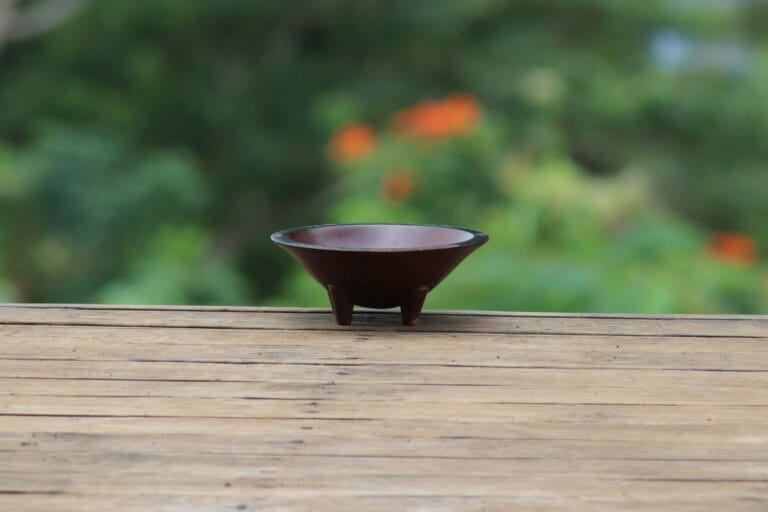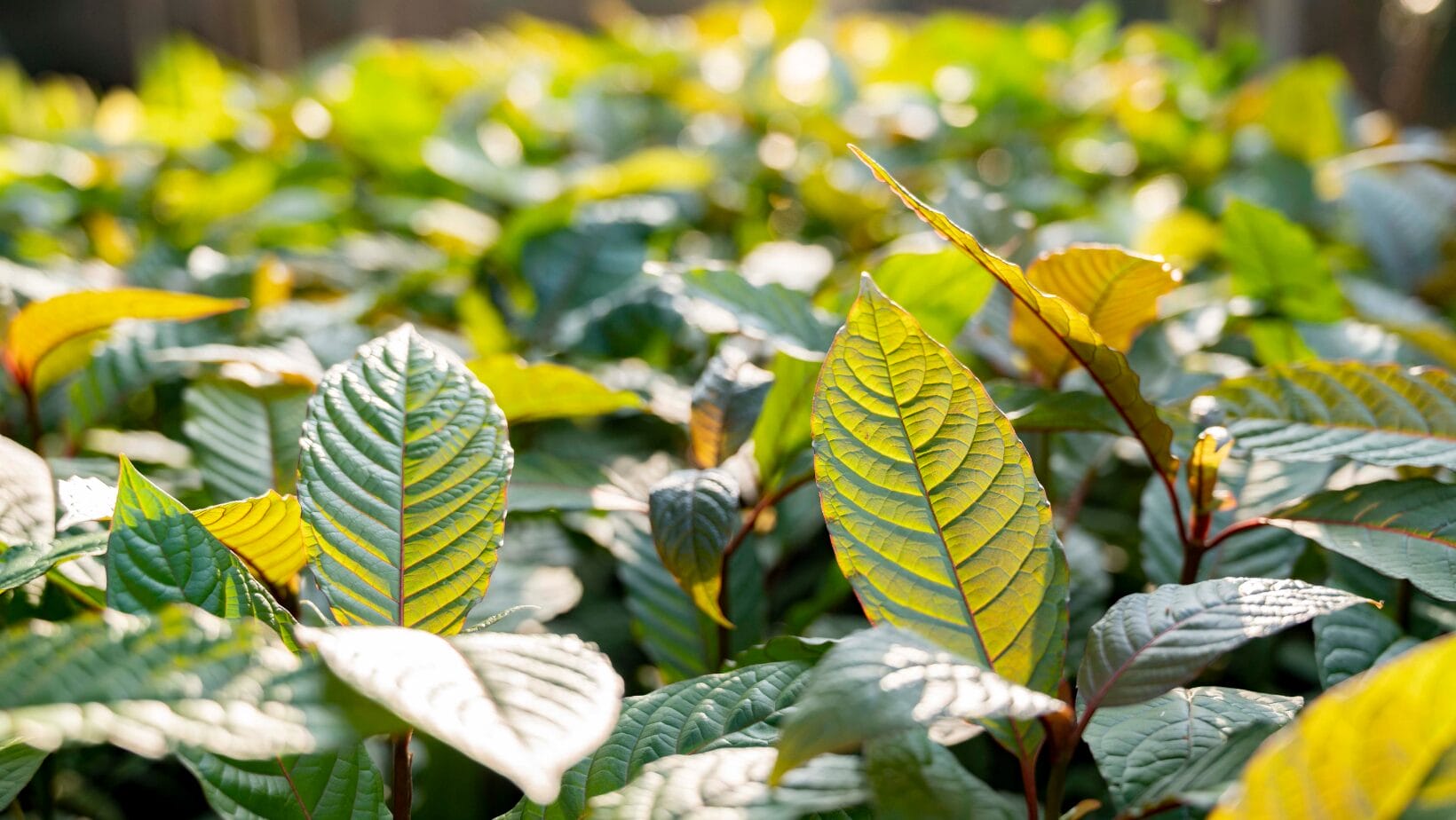
10 Best Ways Kratom Relieves Chronic Pain
Navigating the intriguing ways kratom’s alkaloids, anti-inflammatory properties, and mood-elevating

Known for its euphoric effects, Kratom and Kava are a type of tea that shares many similarities and differences. Many individuals often compare Kratom and Kava to determine which one is more beneficial.
When used, Kava can give users a calming effect that can help improve sleep, provide pain relief, and help users become more social in their daily lives.
On the other hand, Kratom can provide a milder calming effect when consumed in lower doses, but when taken in larger doses, it can give users effects similar to opiates. Kava and Kratom can be found as an herbal supplement in various forms, with its leaves being used for consumption.
It’s essential to have the proper knowledge of the differences between Kratom vs. Kava and to understand why users must be able to tell the two apart before consuming.
Many individuals are often shocked to learn that Kratom is a plant used by locals in Southeast Asia that is chewed and used for pain relief and energy. Over the years, in the United States, Kratom has become a growing concern for addiction when not used in low dosages. Some countries have even made Kratom illegal over the years because of the increase in overdoses.
Kratom is exported to the United States for its leaves, where they’re crushed and placed into processing to sell as an herbal supplement. In the United States, you can find Kratom sold as either a powder or liquid. Powder Kratom can be used in teas or mixed into various beverages.
However, Kratom has a strong taste, so many users decide to use Kraotm in capsule form. When consumed in liquid form, Kratom is potent and can be easily consumed in larger doses, so it’s essential to know the exact dosage. Moreover, many use Kratom recreationally to feel more relaxed and to help with their overall mental health.
Since the nineteenth century, Kratom has been used by people for medicinal purposes. For the most effects, many people chew the leaves of a Kratom plant. Some of the effects you can experience from ingesting Kratom leaves are an increase in your sexual libido and pain relief.
We must also mention that Kratom has also been known to help users who have experienced gastrointestinal issues, such as infections or diarrhea. Many locals in Thailand who venture through the woods and experience stomach pain have been known to ingest Kratom to help with relief. Kratom leaves have also been known to help treat minor lacerations.
Not only that but have we mentioned how Kratom can also be used to treat opioid addiction? Although research is limited on the topic. After ingestion, how long can Kratom remain in your system? When ingested, Kratom will begin to settle within anywhere from five to ten minutes, depending on the individual.
With the younger generation, these individuals have often taken Kratom with various beverages such as coffee or soda, providing more recreational use. Kratom often gets a bad rap when taken by users because of its potential for addiction when ingested in larger doses. When consuming Kratom, you should ensure to remain safe and only purchase a high-quality product such as Kratom capsules, Kratom powder, or Kratom extracts.
Kava comes from the roots of a Kava plant and is native to Fiji and Indonesia. Locals of the region use Kava to produce teas and other beverages. In some restaurants, employees use Kava in coconut milk or water to create recreational beverages.
Within the United States, many individuals consume Kava in tea, as an herbal supplement, or in some baked items. Some individuals use Kava for insomnia or anxiety because of its relaxing qualities.
In the Pacific regions, many individuals use Kava for ceremonial purposes and sedative properties. There are various ways that a user can prepare Kava. One of the first methods is using a mortar to grind it, which is commonly used in the Pacific region.
Another method of using Kava is moistening or chewing to make grinding the bark and rooting easier. However, the bark of Kava primarily produces moisture, so only a smaller amount of water is required to soften. Kavalactone is the Kava extract that comes from the bark.
This extra is commonly combined with additional ingredients and is never ingested alone. Individuals frequently use Kavalactone as an ingredient rather than a product. One of the most effective ways to ingest Kava is by chewing it.
Direct digestion of Kava will allow the user to gain more benefits; however, it is more potent when chewed. After consuming Kava, you should consume a beverage or meal to avoid side effects.

Here are some of the critical differences between Kratom vs. Kava.
Kratom and Kava are different in their pharmacology and how they interact with the brain. In Kratom, some alkaloids connect with opioid receptors, which play a primary role in how individuals respond to pain. The alkaloids in Kratom mimic opioid receptors similar to other opiates.
Even though Kratom isn’t considered an opiate, there are still risks of addiction when using an incorrect dosage. With Kratom having opioid side effects, it explains why some users can experience addiction when investing in larger dosages.
Due to the chemical composition of Kratom, many use Kratom to help heroin users fight addiction. Kava couldn’t be any more different from Kratom.
To put it simply, Kratom can be addictive, but Kava is not. Kava has Kavalactones, six of which make up more than ninety percent of its natural ingredients. Depending on the plant, the ingredients may vary.
Kava has positive effects because of its Kavalactones, which work with our limbic system, the area of the brain that controls emotional behavior and motivation.
The second significant difference between Kratom vs. Kava is the legal differences. As time passes, states regulate it more, with some beginning to ban it altogether, whereas Kava isn’t. Since Kratom is sold as a dietary supplement, the Federal Drug Administration doesn’t consider it a drug.
In 2014, the FDA prohibited importing Kratom because of the possibility of it being toxic and unsafe for users. Some states have not permitted using Kratom, such as Tennessee, Wyoming, and Vermont. States like New Jersey and Florida are waiting for more research to become available to decide on legislation. Kratom has been illegal in Thailand since 1943.
Thailand made this herbal plant illegal because it feared Kratom would minimize government tax revenues from distributing opium. Despite locals fighting to legalize Kratom, it remains illegal. In Malaysia, Kratom is also prohibited, and if a user is caught using it, they can serve up to five years in prison.
However, Kava continues to be recognized internationally for being a safe herbal product.

Kratom is very similar to opioid drugs and activates parts of the brain, which may cause it to become addictive when used in larger doses. Kratom’s euphoric effects play an essential part in becoming addictive, as some individuals may focus too much on their feelings during usage. If an individual has a history of substance abuse, they have more of a chance of developing an addiction.
If frequently used and in high doses, the chance of developing a Kratom addiction significantly increases. This is one of the main reasons why an individual must have the proper knowledge of how to use Kratom safely.
Additionally, there are facilities throughout the United States that can assist individuals who are experiencing Kratom addiction. Currently, no research suggests that Kava is addicting. However, if you plan on using Kava, you should research some of the risks before using it to be safe.
Kava is considered non-addictive; however, it can become habit-forming when used frequently. Since Kava produces a euphoric high for self-medication, a user may begin to feel attached to the way they feel when using it.
Kava may be hard on the liver because it depletes glutathione, which is an antioxidant within the liver. However, many individuals who experienced liver toxicity had prior liver disease or also mixed alcohol and Kava.
Kratom and Kava are both herbal drinks that are sold in herbal supplement stores, but both are unrelated.
When used in low doses, Kratom and Kava are used to boost energy levels, enhance moods, and relieve pain.
Kratom and Kava are different in their pharmacology and how they interact with the brain. Kava has positive effects because of its Kavalactones, which work with our limbic system, the area of the brain that controls emotional behavior and motivation.
Kratom is very similar to opioid drugs and activates parts of the brain, which may cause it to become addictive when used in larger doses. Currently, no research suggests that Kava is addictive.

Navigating the intriguing ways kratom’s alkaloids, anti-inflammatory properties, and mood-elevating

Derived from the leaves of the Mitragyna speciosa tree, native

Safe Secure Ordering
1934 Sheridan Avenue
Cody, Wyoming 82414
(307) 586-5420
Capitol Botanicals
424 W 3rd Street
Powell Wyoming 82435
We do not claim to have any medical expertise. Our personal experiences and the experiences of our happy customers are what we base our opinions on.
These statements have not been evaluated by the FDA and are not intended to diagnose, treat or cure any disease. Always check with your physician before starting a new dietary supplement program. For our full FDA disclaimer, please click HERE.
Kratom is banned in the following areas: Alabama; Arkansas; Indiana; Rhode Island; Vermont; Wisconsin; Sarasota County; Union County; Malheur County; Denver, CO; San Diego, CA; City of Oceanside, CA; Jerseyville, IL; Alton, IL; and several counties in MS. We do not ship internationally.

By signing up you agree to receive email marketing from Capitol Botanicals.